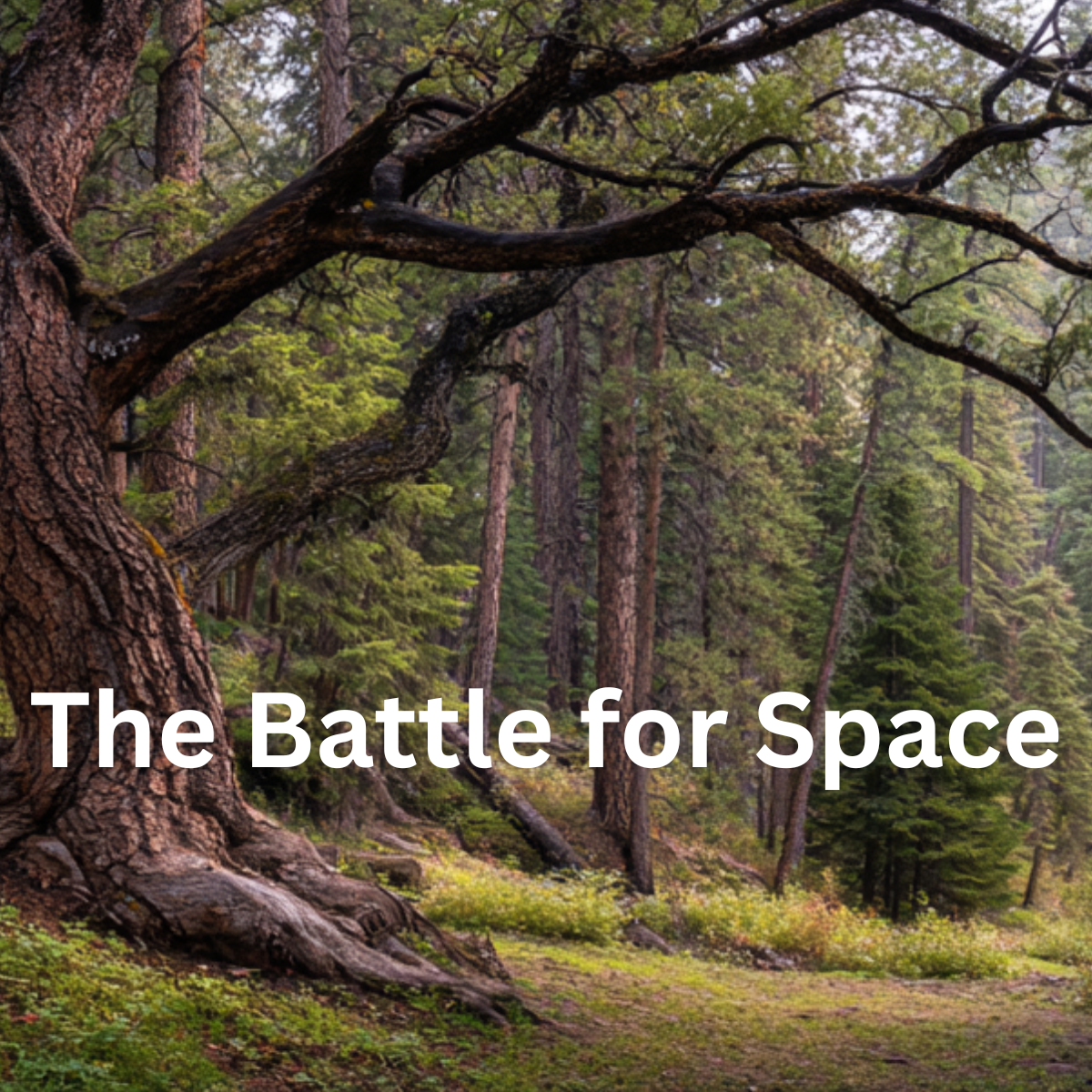Walking through miles of wilderness made me realize just how much organic life thrives on our planet. Those who live in concrete urban areas and landscaped residential areas do not realize how life literally covers this planet from pole to pole. Even our oceans are teeming with organic life. As I walked my way through the wilderness of lower Southwest Utah, I came across Bristlecone Pines, Ponderosa Pines, Limber Pines, Junipers, Manzanitas, Spruce, Cedar, Fir, and Aspens. I walked through various shrubs and grasses, all in a variety of different states, some coming to blossom, others turning to seed, some dried up, and some just beginning their growth season. I climbed up to around 9,000 feet and back down to about 5,000 feet, and throughout the journey, I was able to see the plant life change dramatically. Each elevation also brought new reptiles, new mammals, new birds, and an unlimited number of insect species. As I made my final ascent out of a canyon one morning, I realized just how much this entire area was a fight for space. Not a single area was left unassailed by some organic life. Even on the edges of cliffs, you would find trees, shrubs, and other plants clinging to life. As I looked out over the vast expanse of wilderness, I could see every form of life in a constant battle for space.
The fight for space is not new to me. I have been a lifelong student of the game of chess, and what many do not realize is that most of what is happening on the gameboard during a match between chess players is also a battle for space. The player who wins is usually the one who gains a space advantage by restricting the opponent and allowing more movement for their own pieces. This battle for space creates a nuance to the game that rides underneath the more obvious calculations for material or positional advantage. However, the battle for space is what often creates the brilliance behind advanced chess play. This is what people who do not play the game on a regular basis neither understand nor are able to see. At times, they may look at a gameboard and underestimate the value of space that is captured, only really seeing the value of the pieces. When combining material, position, and space, brilliance comes to light that makes the game truly spectacular.
Such is the case with the natural landscape before me when I was backpacking. The competition for space created beauty. The chaotic nature of organic life fighting for space on this planet created a kaleidoscope of colors, patterns, and an intertwining of existence that just cannot be replicated. Whereas we humans can force a landscape into predictable patterns, we could never find the harmonious balance established by nature through hundreds of thousands of years locked in a constant battle for space. This thinking led me to consider the competition and battle for space. Is this good? Should this be encouraged?
In a corporation, especially a large one, there is always a battle for space. People are trying to justify their existence, their roles, and what they have control over. In any organization, this battle will occur, and the more people that are involved, the more this will become a prominent part of the culture. There is a tendency by some to seek and try to enforce an idealistic state represented by phrases like “we all just need to get along” or that we should work together as a team. These sentiments are largely true, but the reality is that all organic life fights for space, and we humans are certainly no exception. If you look inside a drop of water through a microscope slide, you will see an abundance of basic life forms bumping into and colliding with each other in this same battle. This is no different from an office space full of humans. We are always battling for space, visible or not.
I have come to the conclusion that this organic battle for space is what ultimately creates beauty. The part about us, about life, that is beautiful is our capacity for brilliance. As I was closely watching this environment during one of my many rest stops, I could see this brilliance on full display. Wasps, crickets, bugs, ants, spiders, flies, gnats, and a million other species all had developed unique and interesting tools to help them survive in this battle. I am involved in the startup community, and I am constantly seeing entrepreneurs come up with unique and brilliant ideas to compete for interest from potential clients and investors. Is this any different than the insect community? These little creatures are doing everything they can to evolve with unique and different features that allow them to survive in this harsh and competitive ecosystem. I do not see a difference. What I see is that in this harsh and competitive battle for space, organic life is constantly under pressure to come up with something more brilliant, thereby producing exquisite beauty.
So the lesson I learned from my walk through the wilderness was not that I should try to remove all competition or shy away from a competitive space. Rather, I should embrace this natural battle for space, watch and learn from what brilliance emerges, and do whatever I can in my own way to help myself and my company carve out our own place with our own unique brilliance.




